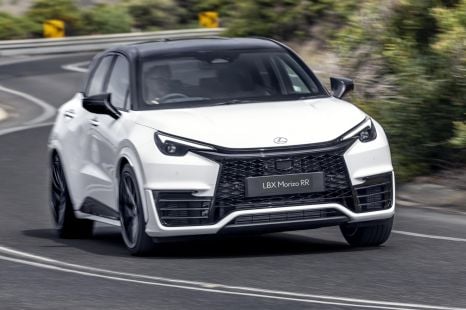

Josh Nevett
8
5 Days Ago
Jeep will continue to test vehicles to see how they shape up in our harsh conditions, with the Grand Cherokee the latest.
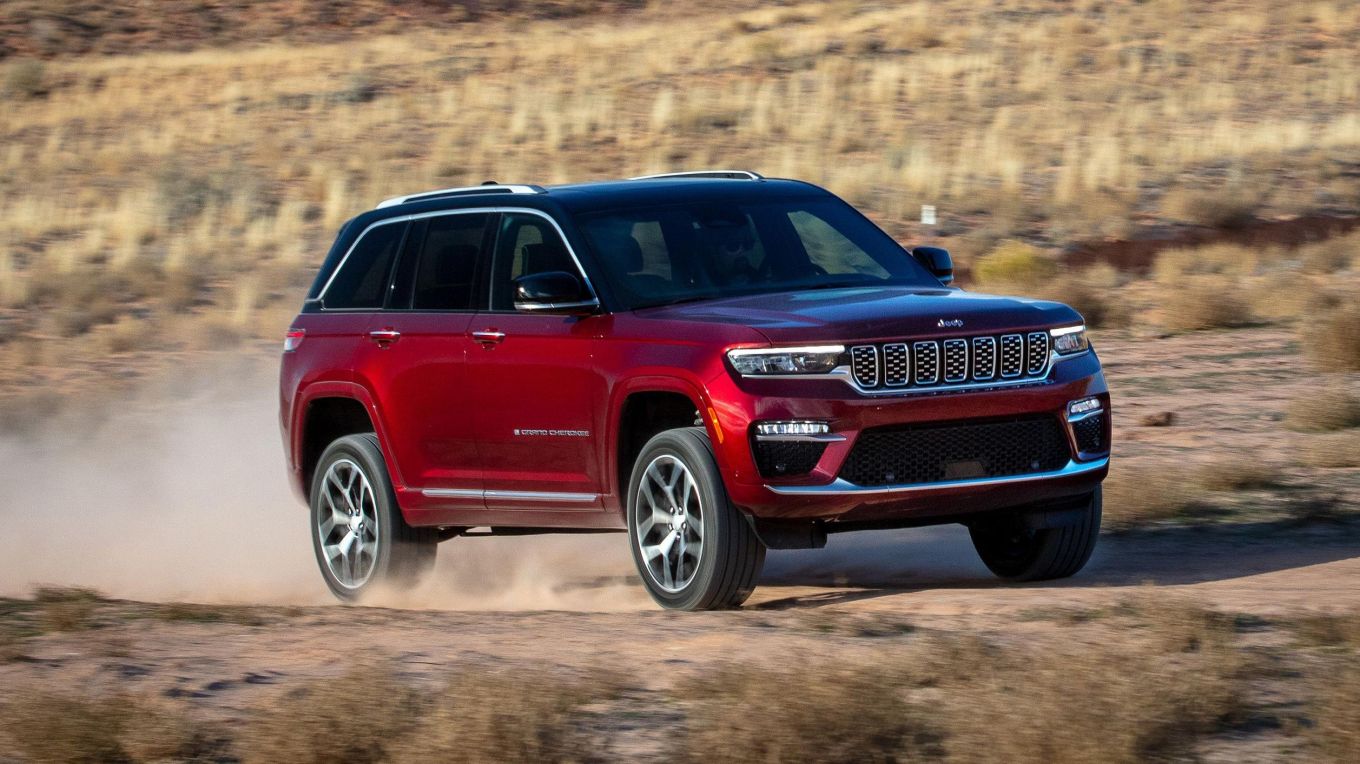
Jeep is testing the two-row WL-series Grand Cherokee in Australia, as it affirms its commitment to local testing.
“The two-row WL is already here. And it’s already being tested and evaluated, all the data is being fed back,” said Jeep Australia managing director Kevin Flynn.
“We’ve got a full-time employee who’s just just working on that project, and feeding back the data. And so yeah, it’s happening. And there’ll be a continued commitment to do that.”
Mr Flynn said it was “more about validation” than developing a bespoke tune for the local market.
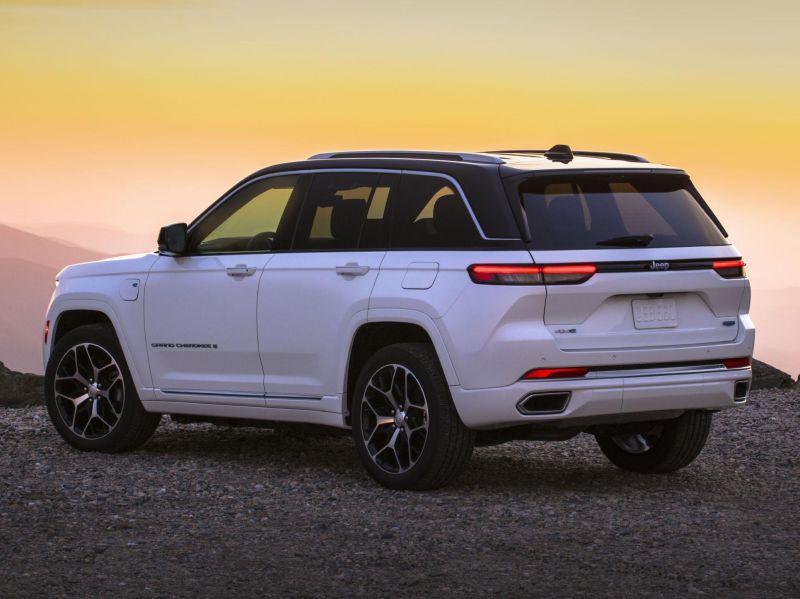
“In all fairness, whilst there is a certain uniqueness about the environment here, one of the big ones is just the sheer length of dirt road-type environments plus the heat. That’s very, very important for us,” said Mr Flynn, noting the WL was developed across around 10 countries.
“So when they then pull the settings together and then set the vehicle for us, we validate that that specification is either right or wrong or whatever, and feed that back.
“To be honest with you: the car we got is spot on.”
The plug-in hybrid Grand Cherokee 4xe is also being tested locally.
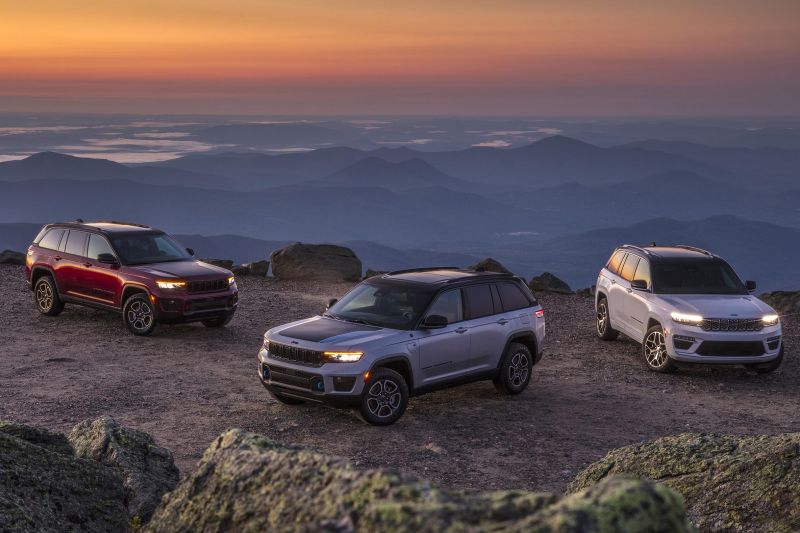
The two-row range is set to launch in the fourth quarter of 2022, with the 4xe following in the first quarter of 2023.
The American brand has already tested its three-row L counterpart here, of which customer deliveries begin next month, as well as the recently introduced mid-life update for the Compass.
The local testing of Jeep models here was a commitment made by Jeep’s global president Christian Meunier.
In remarks to media early last year, Meunier said the Grand Cherokee has been tested in cold climates in Canada, as well as hot climates in Saudi Arabia and Kuwait.
He also noted such testing in a location isn’t simply a one-day affair, but can take around two months.
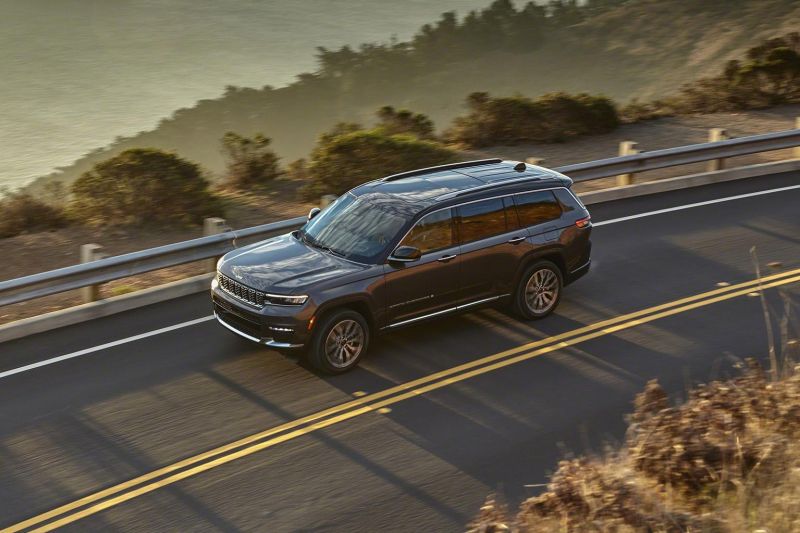
Mr Meunier also commented on Jeep’s testing of the Grand Cherokee’s towing abilities.
“… I’ve been completely brainwashed when I came to Australia about towing. It’s all about towing, if you can’t do enough it’s not going to work. So we’re going to do it in Australia, because towing in North America is another thing,” said Mr Meunier.
“People don’t tow the same thing. They don’t have the same trailers, they don’t do it the same way. And the roads are not the same.”
With a braked towing capacity of 2813kg in the Night Eagle and Limited and 2268kg in the Summit Reserve, the petrol V6-powered Grand Cherokee L is behind some other large SUVs.
For example, ute-based SUVs like the Ford Everest and Isuzu MU-X can tow 3500kg.
The body-on-frame Toyota LandCruiser Prado tows up to 3000kg and the larger LandCruiser 300 Series tows up to 3500kg, the latter figure also matched by the Volkswagen Touareg and BMW X7.
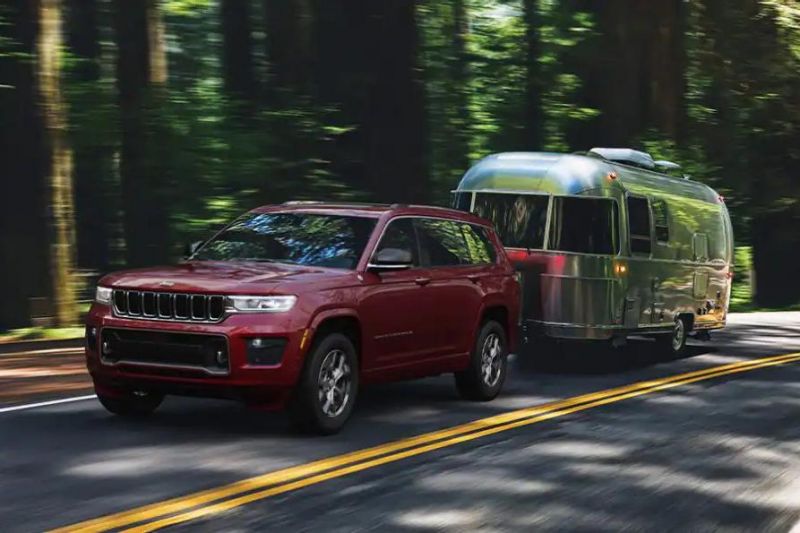
“I’m not sure everybody tows to the capacity that [the outgoing WK2 Grand Cherokee] was offering,” said Mr Flynn.
“And I think that’s one of the interesting things moving forward is actually what is the the level that is actually needed as opposed to desired?”
With the WL redesign, the Grand Cherokee has lost the 3.0-litre turbo-diesel V6 that accounted for around 57 per cent of WK2 sales.
We also miss out on the Hemi 5.7-litre petrol V8, though it’s still offered in North America.
So equipped, Jeep in the US says a Grand Cherokee L can tow up to 3266kg.
Take advantage of Australia's BIGGEST new car website to find a great deal on a Jeep Grand Cherokee.
William Stopford is an automotive journalist based in Brisbane, Australia. William is a Business/Journalism graduate from the Queensland University of Technology who loves to travel, briefly lived in the US, and has a particular interest in the American car industry.


Josh Nevett
8
5 Days Ago
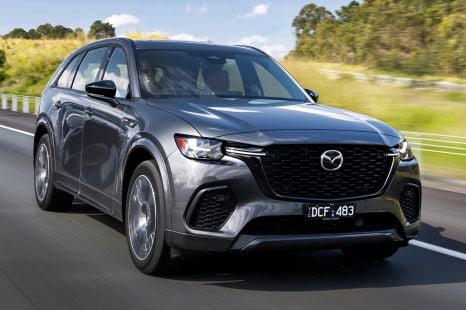

Jack Quick
7.9
4 Days Ago


Neil Briscoe
3 Days Ago


William Stopford
8.5
2 Days Ago
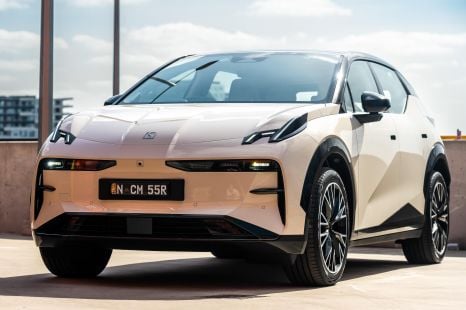

James Wong
7.9
1 Day Ago


Damion Smy
16 Hours Ago